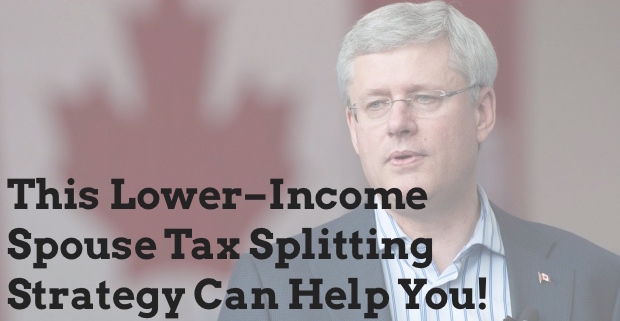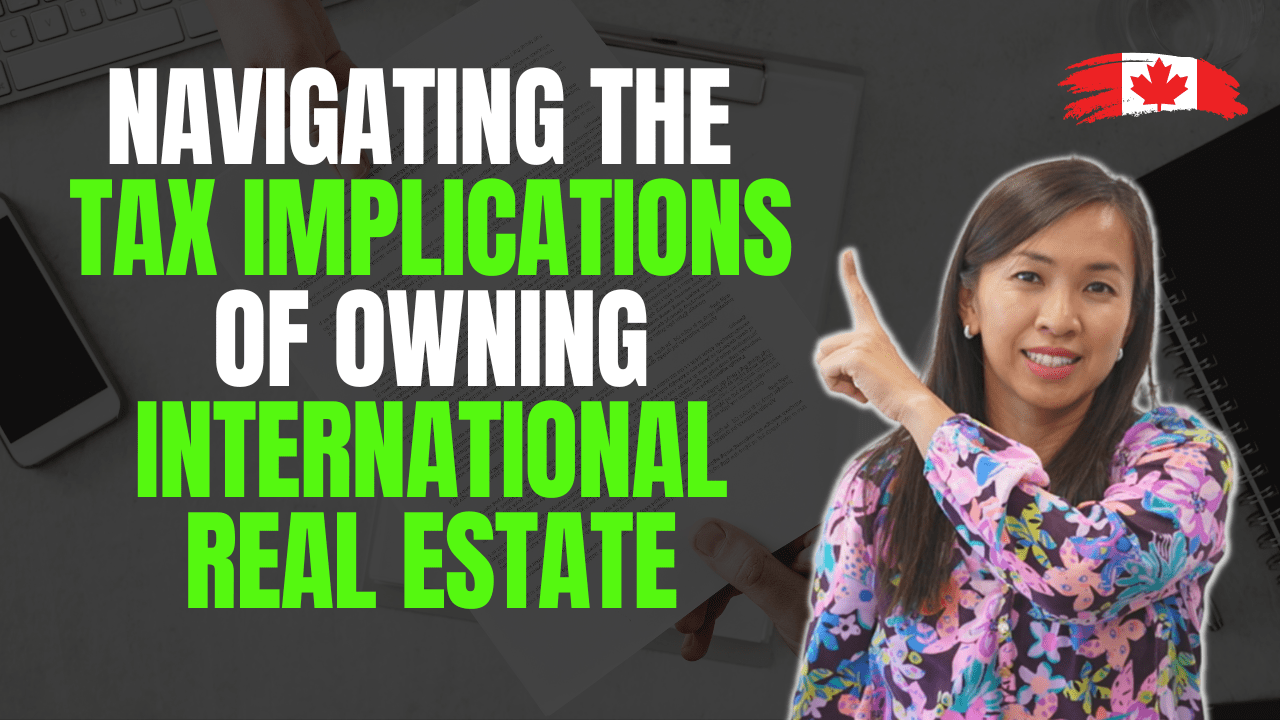I was at the Real Estate Investment Network (REIN) annual Authentic Canadian Real Estate (ACRE) event last month. One veteran investor said that she would not touch any real estate investment if it doesn’t provide at least 30% return annually.
30%! You heard me right!
Probably the only way to achieve this type of return is to invest in a highly leveraged investment vehicle (like real estate or margin account) or have your own business.
Even with a 30% return investment, you don’t really get a 30% return! Let’s remember we have an often forgotten investment partner – Canada Revenue Agency (CRA).
If you earn over $89K job income and above in 2015, CRA takes away about 43% and more on any of your return on investment. This leaves you with 17% after tax return.
17% after tax return is an awesome return, don’t get me wrong! But if there is a way to even lower the tax man’s share, wouldn’t it be great?
Most investors, who make over $89K annually, want to have their lower income spouse to report all these investment income. Since the lower income spouse makes little or no income, the marginal tax rate can be as low as 0% (if the investment income is below the personal tax exemption), leaving the full 30% return in your pocket!
This idea is wonderful but CRA doesn’t really like it. There’s something called Attribution Rule that can “attribute” all these investment income back to the higher income spouse – Meaning that the higher income spouse would still have to report all the investment income in the tax return. CRA imposes this based on the fact that the high income spouse is the one who makes the money for the downpayment and hence the income on the investment property should belong to the higher income spouse.
But there is a way out!
 If the lower income spouse “borrows money” from the higher income spouse and pays the higher income spouse interest at a rate at least at the prescribed rate or an arm’s length rate (commercial rate), attribution rule will not apply.
If the lower income spouse “borrows money” from the higher income spouse and pays the higher income spouse interest at a rate at least at the prescribed rate or an arm’s length rate (commercial rate), attribution rule will not apply.
Prescribed rate is a rate calculated by a formula in the Regulations under the Income Tax Act. Currently the prescribed rate is 1%.
The higher income spouse has to report the 1% interest income on the personal income tax return. The lower income spouse can report this as a corresponding deduction against the property income.
So long as the property can provides more than 1% return, it is almost always worthwhile to setup the prescribed rate loan.
It’s also important to note that the interest must be paid within 30 days after the year end. If the taxpayer fails to do so, this loan will lose the status of the prescribed rate loan forever.
Let’s use a quick example to illustrate.
Say Spouse A earns $150K job income a year and Spouse B stays home to take care of the kids and has no income.
They purchase a student rental, which generates $10K of net income a year.
If Spouse A has to report the $10K in his tax return, he pays 48% tax on it. Leaving $5,200 after tax money.
Since Spouse B doesn’t have any other income, it will be ideal if she reports the entire income.
Using the Prescribed Rate loan strategy, Spouse B pays 1% of the loan to Spouse A. Say the property is purchased at $300K, downpayment 20% is $60K. 1% interest on the $60K is $600.
Spouse A reports $600 as income (instead of $10K), pays $288 tax ($600 * 48%).
Spouse B has no other income and reports $9,400 as income ($10,000 – $600). Pays no tax.
Combined tax liability from the investment = $288 + $0 = $288.
Tax savings = $4,800 (if reported 100% by Spouse A) – $288 (using Prescribed Rate Loan strategy) = $4,512 annual savings.
After tax cash = $10,000 – $288 = $9,712
Not bad, isn’t it?
This article is for information purpose only. Consult a professional accountant and lawyer before setting this up.
Until next time,
Cherry Chan, Your real estate accountant






google adsense program
I enjoy what you guys tend to be up too. Such clever
work and coverage! Keep up the wonderful works guys I’ve included you guys to my personal blogroll.